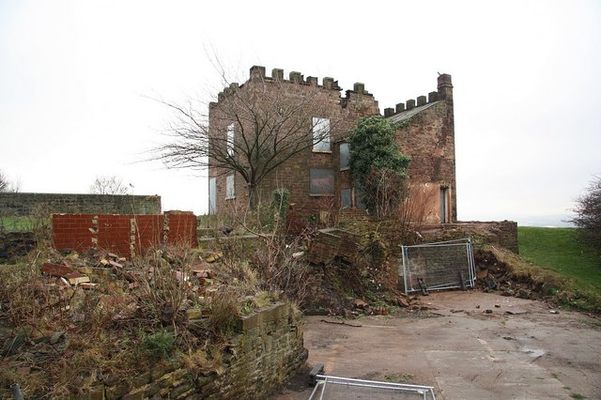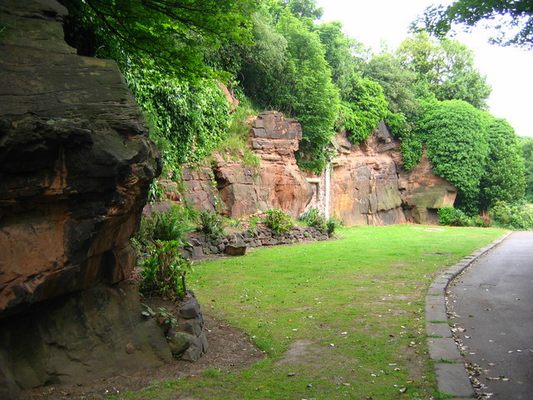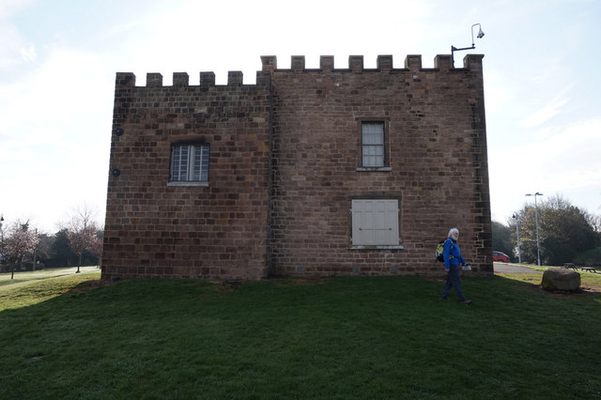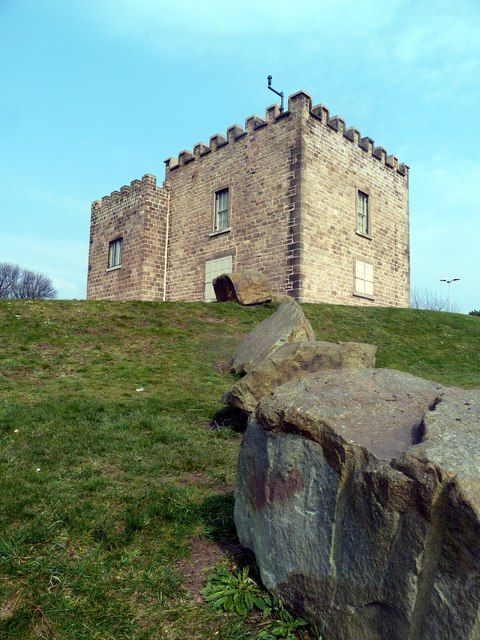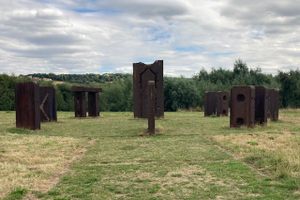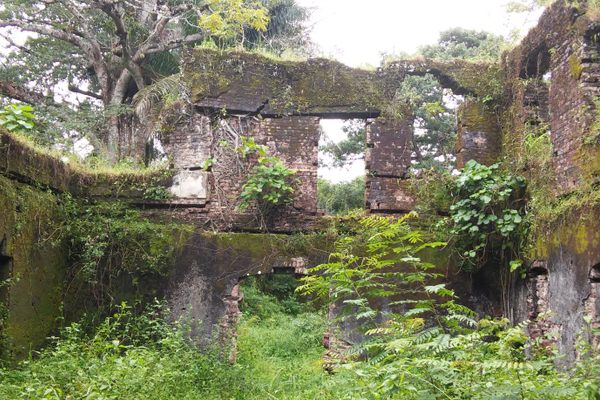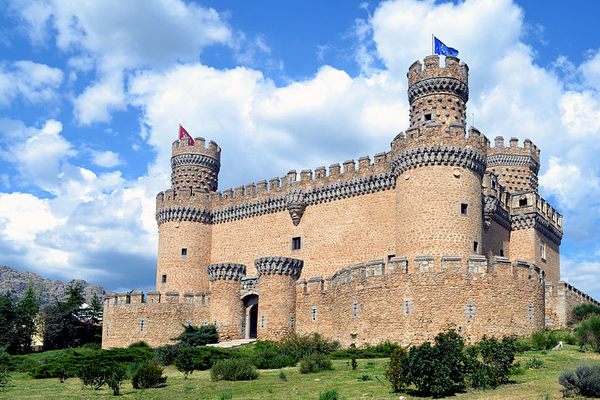About
Boston Castle, in Rotherham England, was built as a hunting lodge for the third Earl of Effingham who was, in 1775, a serving British officer. He was keen to have his military capabilities recognized and had at one time served as a mercenary for Russian queen, Catherine the Great, against the Turks in an attempt to raise his profile.
Despite his military ambitions, he supported the American Revolution (or at least opposed sending troops against the colonists). He spoke passionately against the war in the House of Lords in 1775. At great loss to his reputation, he resigned his commission instead of going to America to fight against those who he considered to be oppressed people with a just cause.
Most locals know of the Earl's support for the American revolutionaries but think that the "castle" was named for the Boston Tea Party. This may be true and it is backed up by the fact that the Earl banned the serving of tea at gatherings at the lodge. However the official line, given by the conservation body, Historic England, is that it was given the name to commemorate the fact that the American militia, although eventually forced to retreat when they ran out of ammunition, gave the British a salutary lesson at the Battle of Bunker Hill during the Siege of Boston in 1775. The British lost many more men including, significantly, large numbers of officers and this seriously affected their tactics in later stages of the conflict.
Although he supported the colonists this did not extend to acceptance of attacks on his country. Effingham traveled to the River Humber to organize defenses against shore raids, with his friend, the Marquis of Rockingham, when John Paul Jones's small fleet appeared off the estuary. However the raids did not materialize.
Following a change of government and an end to the war, the Earl flourished. He rejoined the army, reaching the rank of Lieutenant Colonel. When he died at age 45 he was Governor of Jamaica.
Effingham's stand against the war was reported widely in America and, subsequently, 3 naval vessels (a galley built in 1775, a frigate built in 1777 and a Haskell-class attack transport built in 1944), a town in New Hampshire and 2 counties (one in Illinois and one in Georgia) were named after him.
From close up this relatively modest hunting lodge is more like a folly and does not look as if it deserves to be called a castle. However, it was intended to look like one when viewed from the Rother Valley some 300 feet below. The architect certainly achieved his aim. From the correct angles the place looks like a real defensive structure atop the escarpment.
The "castle" sits in Boston Park, now a local authority maintained public park which is itself very attractive and merges seamlessly with Canklow Woods, one of the best natural oak and birch woodlands in the area. The view over the Don Valley towards Sheffield, though a real industrial landscape, is magnificent.
Related Tags
Know Before You Go
Parking is available. If travelling by bus you need to get off at Thomas Rotherham College on Moogate Road.
Published
March 17, 2021
